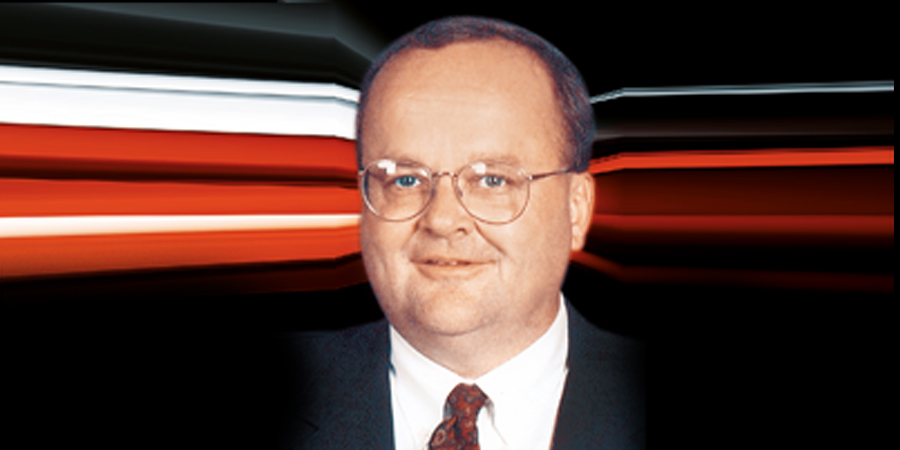The deployment of broadband is continuing to grow, especially with the deployment of 4G wireless services from ATT, Verizon, Sprint and Metro PCS. With people continuing to exchange their landline for their mobile devices, and the new availability of 4 G broadband, that drop in landline penetration continues to grow.
In the most significant policy step ever taken to connect residents to high-speed Internet, wherever they live, the FCC voted unanimously to comprehensively reform its Universal Service Fund and intercarrier compensation systems. Those systems have been widely viewed as broken, and long overdue for reform. Efforts to expand high-speed Internet to rural America over the next six years will increase economic growth by $50 billion over that period, the FCC estimates.
These reforms create a new Connect America Fund with an annual budget of no more than $4.5 billion, which will extend broadband infrastructure to the millions of Americans who currently have no access to broadband. As a result, today’s action has the potential to be one of the biggest job creators in rural America in decades. The FCC estimates that approximately 500,000 jobs will be created over the next six years by expanding high-speed Internet access to over 7 million Americans living in rural areas. And by increasing the overall size of the U.S. marketplace, small Main Street businesses across the country will benefit from the opportunity to sell to new customers.
As part of this reform, the FCC recognized the growing importance of mobile broadband and makes it an independent universal service objective for the first time in history. Dedicated support to expand mobile broadband nationwide will be provided through a new Mobility Fund.
2011 will be remembered as the year 4G mobile data became reality. Not only are U.S. carriers such as Verizon, AT&T, Sprint and MetroPCS racing to roll out 4G, but operators in countries as diverse as Norway, Japan and Australia are also quickly blanketing their citizens with 4G capabilities. Today, more than 200 operators in 81 countries are actively deploying 4G. And by the end of the year, more than 200 4G-enabled devices (tablets, smart phones, modems, etc.) will be available from more than 50 manufacturers.
North American fiber providers and mobile providers are both working to bring broadband to more and more North Americans so we shall see what new services becomes available in 2012!
Jeff Seal































